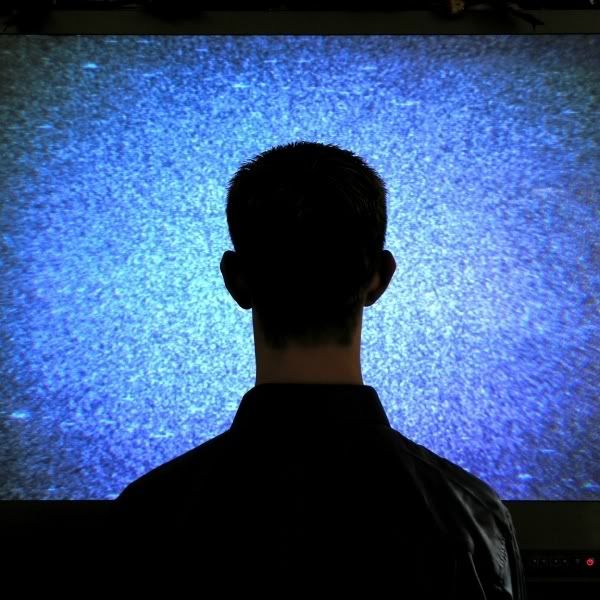Fade-Out On The Campaign TV Spot
 Karl Rove's "campaign lessons learned" piece in today's WSJ is good reading for any political wonk. Nothing much stands out as entirely new thought, but the four "new rules" and seven "old rules" he lists and illuminates are a primer for politicos.
Karl Rove's "campaign lessons learned" piece in today's WSJ is good reading for any political wonk. Nothing much stands out as entirely new thought, but the four "new rules" and seven "old rules" he lists and illuminates are a primer for politicos.One item did jump out from the rest, under the "new rule" topic that TV political ads ain't what they used to be:
By Feb. 5, when it costs $16 million to burn one television spot in every state that's voting, it's simply too expensive to be on air everywhere at once.Breathtaking, isn't it?
I watch a bit more TV than I'd like to admit and I live within the huge LA TV market in a state that in five days will begin the process of doling out well over 100 GOP delegates -- and I have seen one presidential campaign ad. With the volume muted. It was for Hillary.
I was already numbed to it because of the Indian wars. We have four ballot propositions that would make four tribes vastly more wealthy, thousands of poor, gambling-addled citizens vastly poorer, and the state not much better off at all. The two sides have been skirmishing for well over a month; it seems like every day I see more Indians than Custer met at Little Big Horn.
Not all states are as initiative-crazed as California, but all states have local campaigns of one sort or another than are buying lots of TV spots for long before the primary bandwagons roll in. By the time the day comes when it costs $16 mil to buy a spot in every Feb. 5 primary state, the prez campaigns should know that the local politicos with their local campaigns will have already pretty much putrefied the waters, so the national spots will be little welcomed.
Rove's conclusion from this phenomenon is sound:
The 20th century's closing decades saw the rise of the TV ad man as the most potent operator in presidential campaigns. The 21st century's opening decade is seeing the rise of the communications director and press spokesman as the more important figures on a campaign staff. It is the age of the Internet, cable TV, YouTube, multiple news cycles in one day, and the need for really instantaneous response. Ads and ad makers are still vital -- but not nearly as much as they were just a few years ago.That means that unless we bloggers can figure out a way to rake in money as effectively as TV stations do, campaigns should become less expensive to run. In Iowa, we saw Huckabee do well without a big ad budget and Romney not do well despite a huge ad budget.
This is good news for American politics, because as important as the TV spot was, and is, it's a lousy way to communicate with the public. The wealth of debates this year provided much more than the ads could, and the ensuing storm of commentary and YouTube clips created a depth of knowledge unprecedented in a campaign.
Granted, most Americans aren't watching political YouTube clips, listening 24/7 to talk radio or reading blog posts on the campaign -- but most Americans know someone who is. Unfortunately, they're doing this in a year when there's not a single great candidate on either side. But maybe in 2012 or 2016 we'll hit a sweet nexus of fantastic candidates and dazzling new ways to stay up on them.
This has been quite a campaign, flawed as the candidates may be, and the new media have helped us to see their flaws. But that sweet future campaign ... that will be one to shape America's future!




<< Home